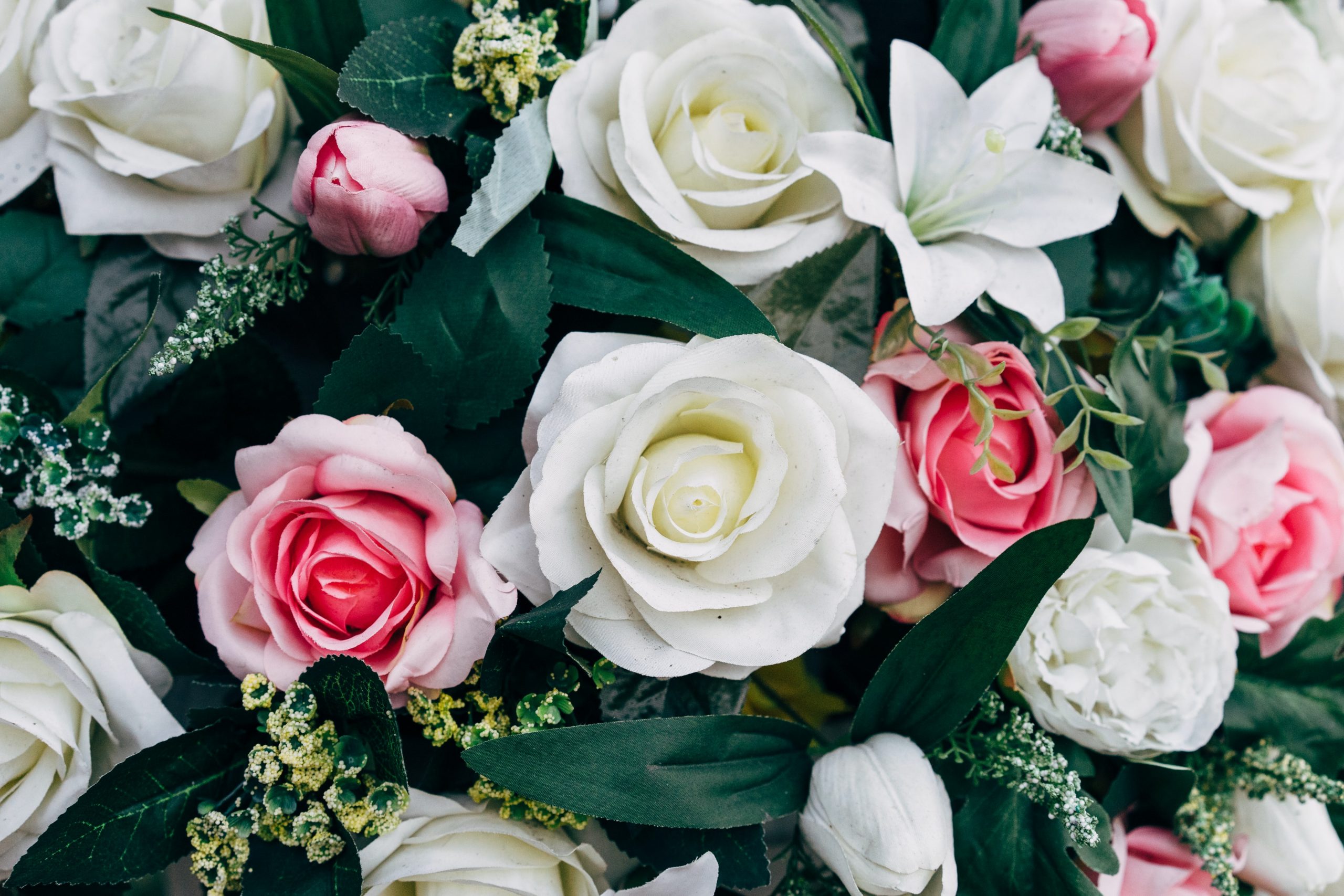Artificial flowers are ubiquitous. Polyester rose petals are scattered through wedding venues across the world and sophisticated faux orchids line the halls of hundreds of hotel lobbies. Some of these flowers come in garish colors with synthetic fibers that fray as soon as they are put on display. Others look so realistic that viewers can’t resist the urge to pinch the petals to see if they’re genuine.
From children’s parties to sophisticated home decor, artificial flowers are found everywhere. As such, they have faded into the background. Like other ordinary items, such as traffic cones or placemats, artificial flowers seem to appear when convenient and vanish afterward without inspiring a lot of thought. However, there’s usually an interesting history hiding behind each ordinary object — and artificial flowers are no exception.
Artificial Flowers Through the Ages
Humankind has tried to manufacture the natural beauty and freshness of flowers since antiquity. Some of the first recognizable artificial flowers appeared in ancient Egypt, created from thin shavings of colored animal horns. The ancient Romans created remarkably realistic flowers from wax where they were used to decorate homes and villas.
Of course, both civilizations crafted flowers from gold, silver and other metals and used them in jewelry and headpieces. While metal and wax flowers are still made, the ancestors of most of today’s artificial flowers originated in China, where flowers were made from paper and, of course, silk. Noblewomen in the imperial court were the first to use silk flowers as beautiful and expensive hair ornaments.
Silk flowers remained a Chinese commodity until a surprising event shook the ancient trade world. Sometime around 550 A.D., someone stole a few precious silkworms from China. Legend has it that two monks smuggled silkworm eggs in a bamboo pole and delivered them to the ruler of the Byzantine Empire. This may or may not be true, but one fact stands: The silk monopoly shattered.
Those few stolen silkworms impacted the ancient trade world in a way that few other commodities could, and could inspire a countless number of articles on their own. Regarding the history of artificial flowers, it’s enough to know that silk began to spread across the world. With that said, it took a while. The Byzantines were just as protective of their silkworms as imperial China, but as empires rose and fell, both silk and worms spread throughout Europe.
The European artificial flower industry emerged in 12th-century Italy, where the first flowers were made from silk ribbons. Over time, the craftmanship of silk flowers improved and they increased in popularity. Although artisans sometimes created single flowers or bouquets for decoration, flower creation was primarily part of the garment district, as most of the flowers were used to embellish hats, shoes or other articles of clothing.
Within a few hundred years, France reigned supreme in the artificial flower department. French craftsmen perfected the techniques and technology to create realistic, beautiful silk flowers, and like many elements of culture and fashion, the rest of Europe clamored to emulate them. When a young America developed a taste for artificial flowers as well, they were no different. French craftsmen dictated all floral trends in color and style, and due to customer demand, the rest of the world followed suit. France continued to dominate artificial flower trends until the industry declined.
Around the dawn of the 20th century, artificial flowers were still all the rage. Every lady of repute had to have a flower on a hat or a dress to stay in fashion. To keep up with the demand, some artificial flowers were made in factory assembly lines. In 1905, there were 146 artificial flower and feather factories in Manhattan alone. Even so, there was enough demand that family businesses and artisans had plenty of employment. For a while.
Eventually, the need for artificial flowers reached the point where artisans couldn’t keep up. Only factories could produce enough flowers to match consumer demand and weather the seasonality that plagued the industry. Of the over 100 artificial flower artisans that once occupied Manhattan, only one remains.
Artificial Flowers Today
Although most of the original craftsmanship of artificial flowers is gone, the industry itself is still alive and well. It’s no longer stylish to put flowers on clothing, but they’re commonly used as decor. The market for realistic fake flowers will likely grow alongside indoor decor trends.
The manufacturing of artificial flowers has returned to China, though the flowers are no longer made of silk; instead most are made from synthetic plastics and assembled in factories. As such, a collective overindulgence in artificial flowers, especially if they are treated as a one-time disposable decoration, doesn’t have the best implications for the environment. On the other hand, having long-lasting artificial flowers as home decor is probably more environmentally friendly than relying on the cut flower industry, whose environmental damage is well-documented.
Although artificial flower production is now mostly automated, there are still a few flower artisans scattered throughout the world. One is M&S Schmalburg, the last artisan flower shop left in Manhattan. They still make beautiful silk flowers using many of the same 100-year-old techniques.
Conclusion
Humankind has gone to great lengths to capture the vibrancy of flowers, which, from paintings to literature, permeate all forms of art. An artificial flower is a more tangible way to capture a real-life flower, like a little piece of manufactured nature to wear or keep alive forever at home. It’s remarkable that a stately artificial flower in a hotel lobby is the result of a history that dates all the way back to the Silk Road and beyond. There’s a lot of history hiding behind that tattered silk petal at a wedding. They may be simple background objects, but like anything, they tell a story.

















